Residents: Sign-up for exclusive content
Sign in
The following page is designed to provide information on the Tree Management Policy of the Gloucester Square Garden, conforming to the expectations of Westminster’s Tree Protection Officers, in compliance with requirements of Town and Country Planning Act [1990], Bayswater Conservation Area policy, Westminster City Plan, and a Tree Preservation Order covering the entire Gloucester Square Garden.
It is important to note that the authority to decide what works may be undertaken to any tree in the Gloucester Square Garden rests solely with the Westminster Tree Protection team (in the first instance).
Whilst there are a few limited exceptions where emergency works to a tree may be undertaken (see Regulation 14 of The Town and Country Planning (Tree Preservation)(England) Regulations 2012), the general principal is that all tree works, even the most insignificant prune to the smallest tree, require the prior approval/consent from a Westminster Tree Protection officer, most typically by means of a (free) planning application.
Our approach to Risk Management is to keep the risk to people from our trees As Low As Reasonably Practicable (ALARP), this includes regular visual observations of trees to check for dead or partially broken branches, and 6 monthly aerial inspections of the larger trees in the Garden. We’ve also introduced wildflower rings around the Garden’s 5 central plane trees, to discourage people from congregating around the base of the Plane Trees where the risk of branch drop is considered highest, albeit still negligible (your annual chance of dying from a falling tree branch, less than 1 in 10 million, is 5 times lower than your chance of winning the jackpot of the national lottery, at 1 in 2 million).
Where residents request works to a specific tree due to an impact on their property, the Committee will endeavour to raise the concerns and share any provided evidence with the Tree Protection Team at Westminster and request a remediation. However the Committee assume no responsibility for the independent decisions made by the Westminster Tree Protection team.
Residents who are not satisfied with the Committee’s attempt to secure authorisation to prune a specific tree, are welcome to make an application directly to Westminster.
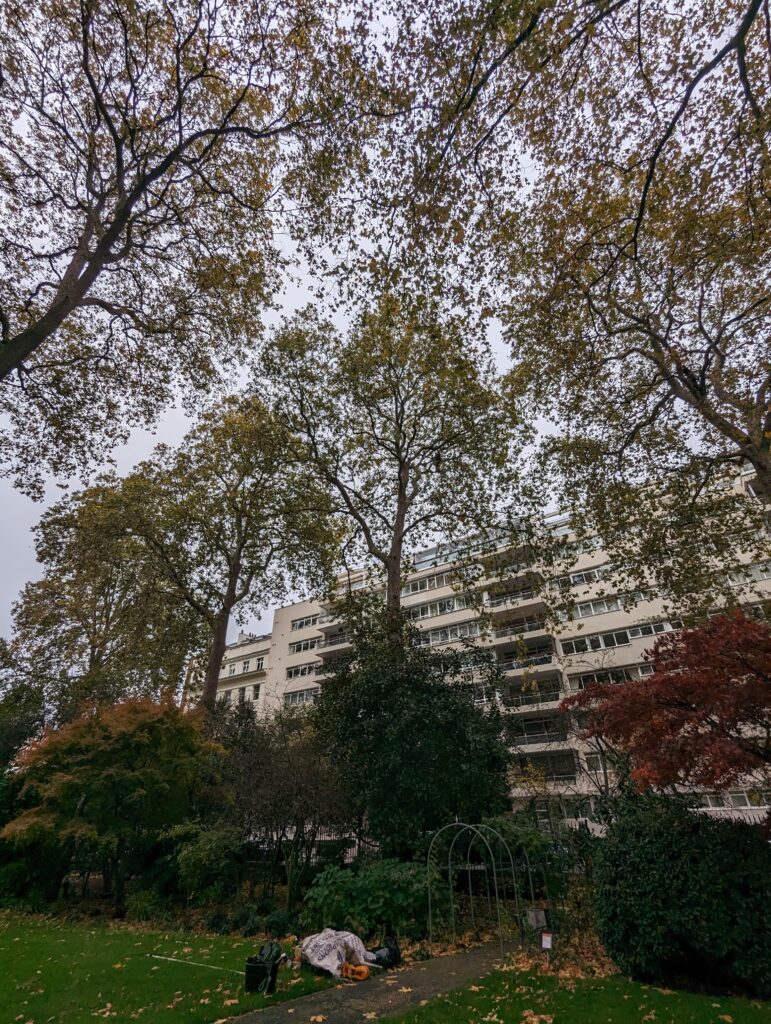
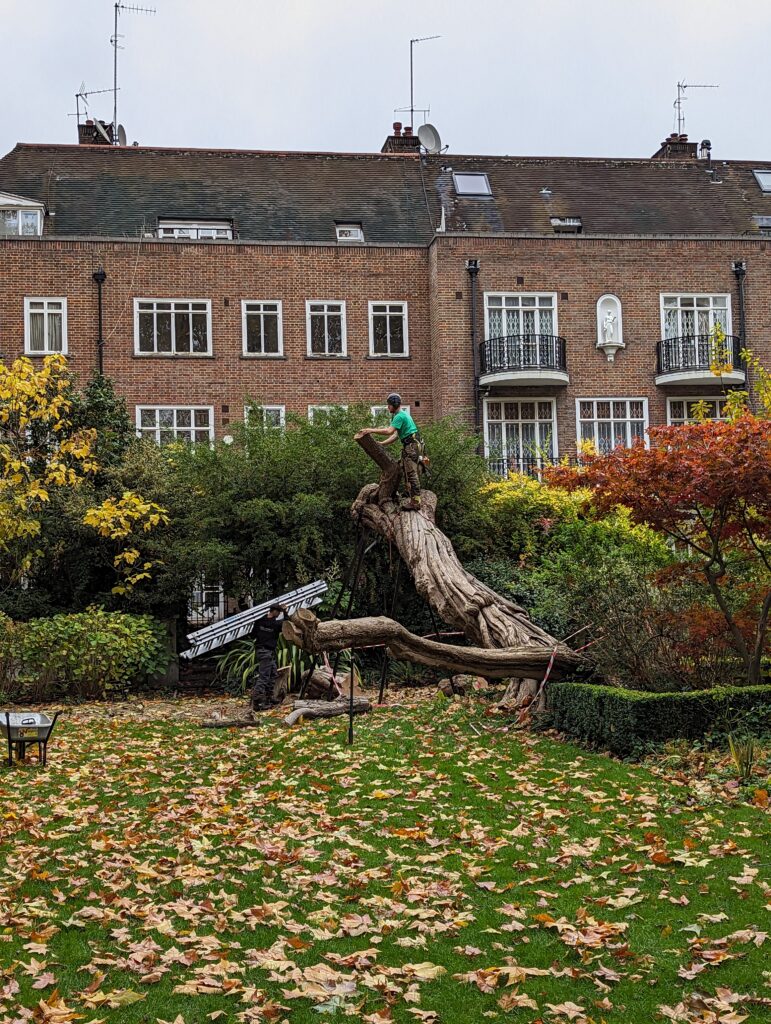
The following factors generally influence tree pruning / felling requests in Gloucester Square.
In all cases it should be noted the rights of the Garden Committee and the ratepayers are reserved, and the costs for such works, especially where elective or driven by the actions of a third party, will not automatically be met by the Garden Committee or its ratepayres as a whole.
In contrast, the following factors rarely influence formal Tree Works requests in the Gloucester Square Garden:
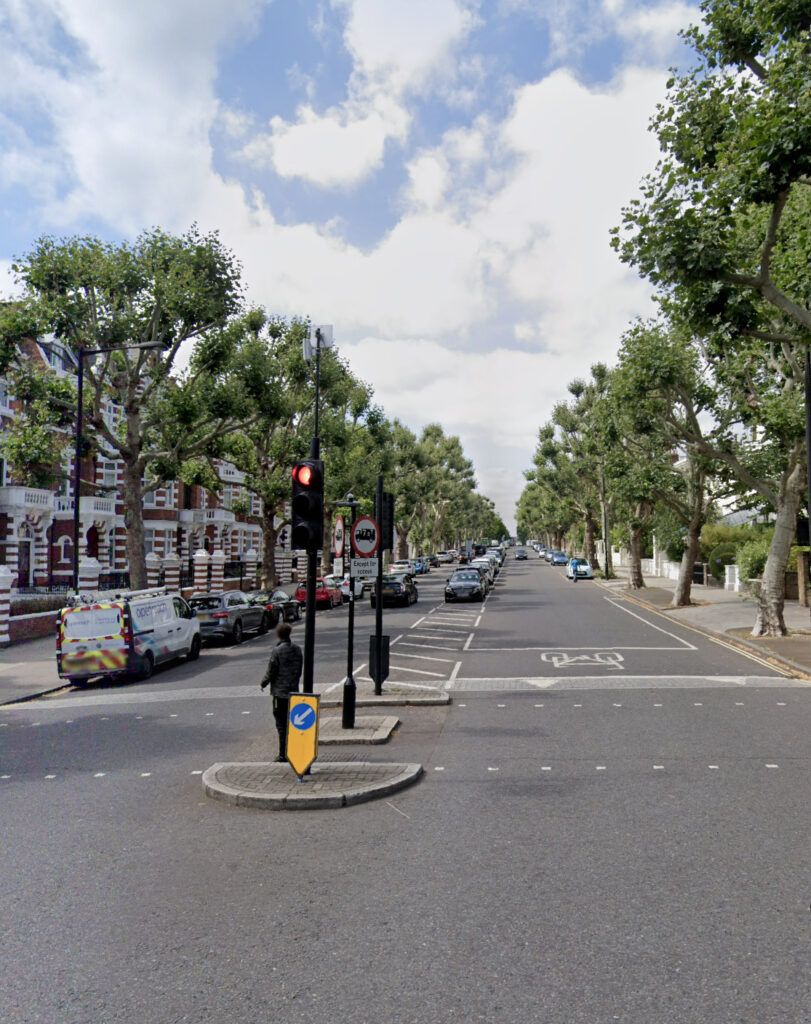
The Garden is home to 14 Plane Trees that were planted as part of the original formation works of Gloucester Square, over 180 years ago. Aerial photos as far back as 1922 show these trees already towering above the original 48 townhouses on Gloucester Square.
Benefitting the Environment:
Plane Trees play a huge role in improving the environment in London. They remove significant amounts of pollutants from the air, and their extensive, high tree canopy shade large areas, helping combat the urbane heat island effect.
Causing the “Chelsea Cough”:
Unfrotunately the Plane Trees do come with one irritant. Each Spring Plane Trees drop substanial amounts of “Trichomes”. The bristle fibers on these Trichomes include tiny hooks that cause them to get stuck in the throats of residents and cause coughing fits.
Because the Trichomes are light and carried by the wind, it is difficult to know how much of the Trichomes landing in Patios and on Window cills come from the Gloucester Square Trees, we nevertheless take steps to try and minimise the impact on residents by:
At risk of Massaria:
Plane Trees also suffer from a specific disease known as Massaria, which was first detected in the UK in 2003. Little is known about the cause of Massaria, though one theory is that the spores are carried by the wind, leading to concentrated outbreaks of the disease.
Massaria is a soft rot causing large lesions on the top-side of branches, resulting in the dieback and potential failure of branches and larger limbs. Once cut, infected branches will typically show an upwards v-shaped discolouration in the cross-section of the branch caused by the top-down rot.
A Natural Compass:
One fun fact about the London Plane is that its bark responds to sunlight by becoming smooth, wheras shaded bark will remain wrinkled. Providing no obstructions, (in the Northern Hemisphere) the middle of the wrinkled side of a Plane tree will point north, wheras the middle of the smooth side will point south.
As part of the responsible management of the Garden, our tall trees are aerially inspected at least once a year. This process involves a tree surgeon climbing the tree to inspect its branches from above. Aerial inspections are not only important for a closer, more dilligent inspection, but also because dieases like Massaria appear on the top side of branches first, so is best viewed from above.
As part of a standing approval from the Westminster Tree Portection Officers, our Tree Surgeon will remove any dead / diseased branches on discovery, in order to minimise the risk of any disease spreading or any branches failing.
Where a troublesome disease such as Massaria is found in the Garden, our policy is to repeat inspections at 6 month intervals until no further evidence of a disease is found.
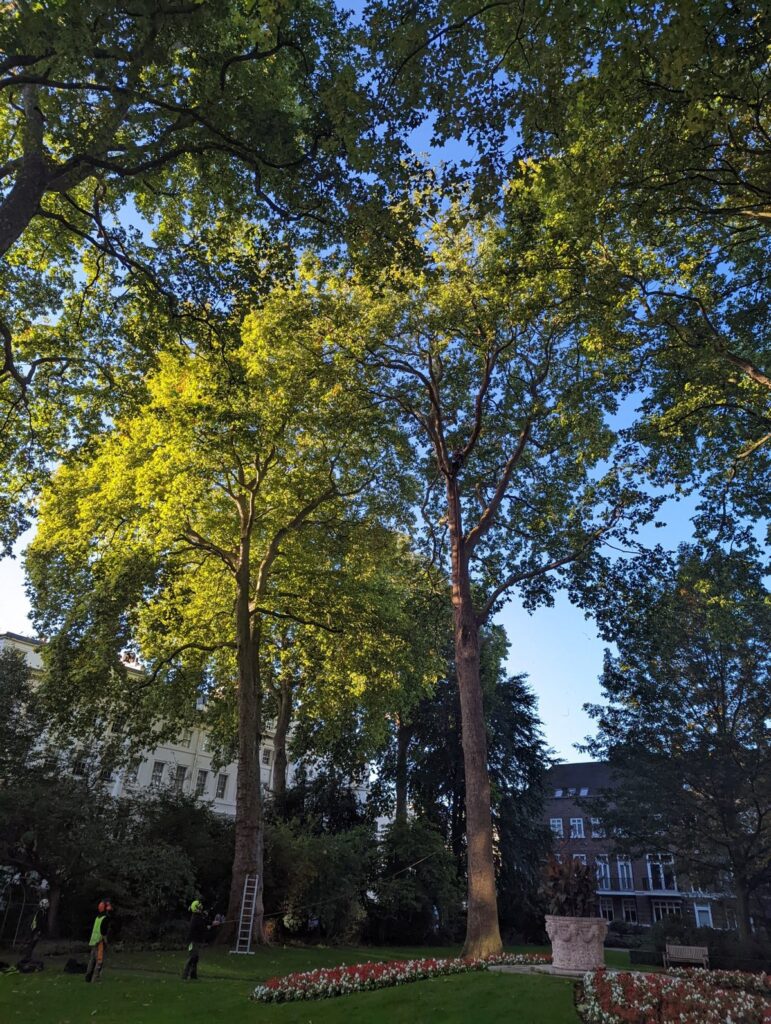
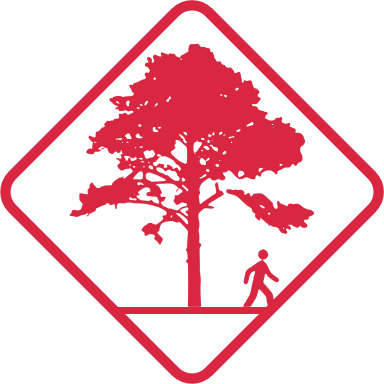
Early in the Summer 2022 heatwave, we became the first Garden Square (as far as we know) to put up signs warning of Sudden Branch Drop. This was not owing to any particular concern with our trees, and instead a precautionary measure having explored what other is common in countries with a warmer climate and similar tree population (such as Australia).
Little is known about Sudden Branch Drop, where an otherwise healthy tree suddenly sheds a limb, though there is anecdotal evidence to show it more often occurs during or directly after periods of excessive excessive heat.
In 2023 we experimented with wilding circles around the base of the Plane tree to discourage residents from sitting there (in the are at highest risk, albeit still unlikely, of a branch drop). In 2024 the intention is to seed similar sized circles with meadow seed, encouraging wildlife, and improving the safety of Garden users.
Sign up to receive latest news and events directly to your inbox.
© 2022 Gloucester Square, supported by 48-49, 47, 44-46, 26-28, 13-14 Gloucester Square and 21 Hyde Park Square